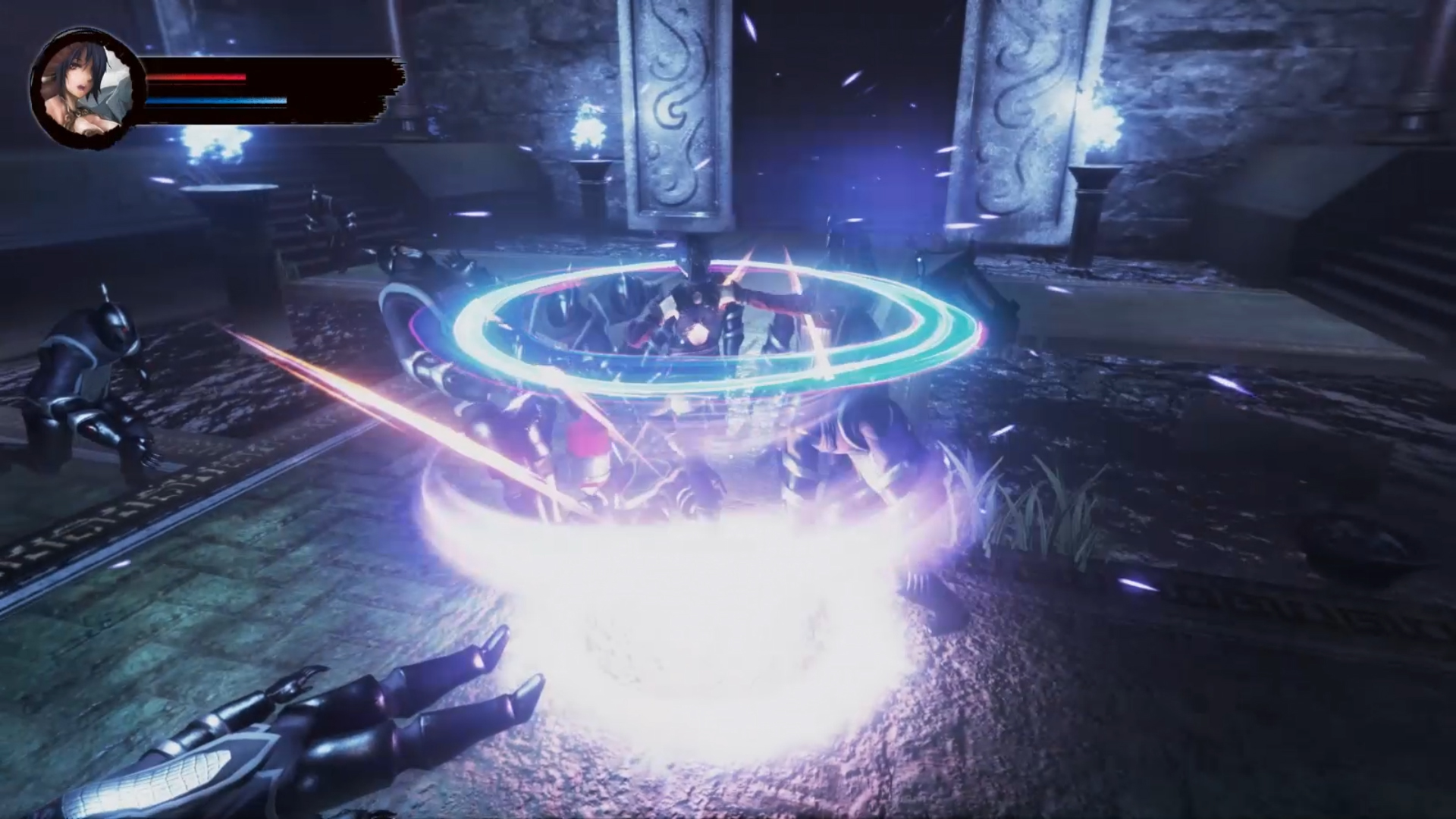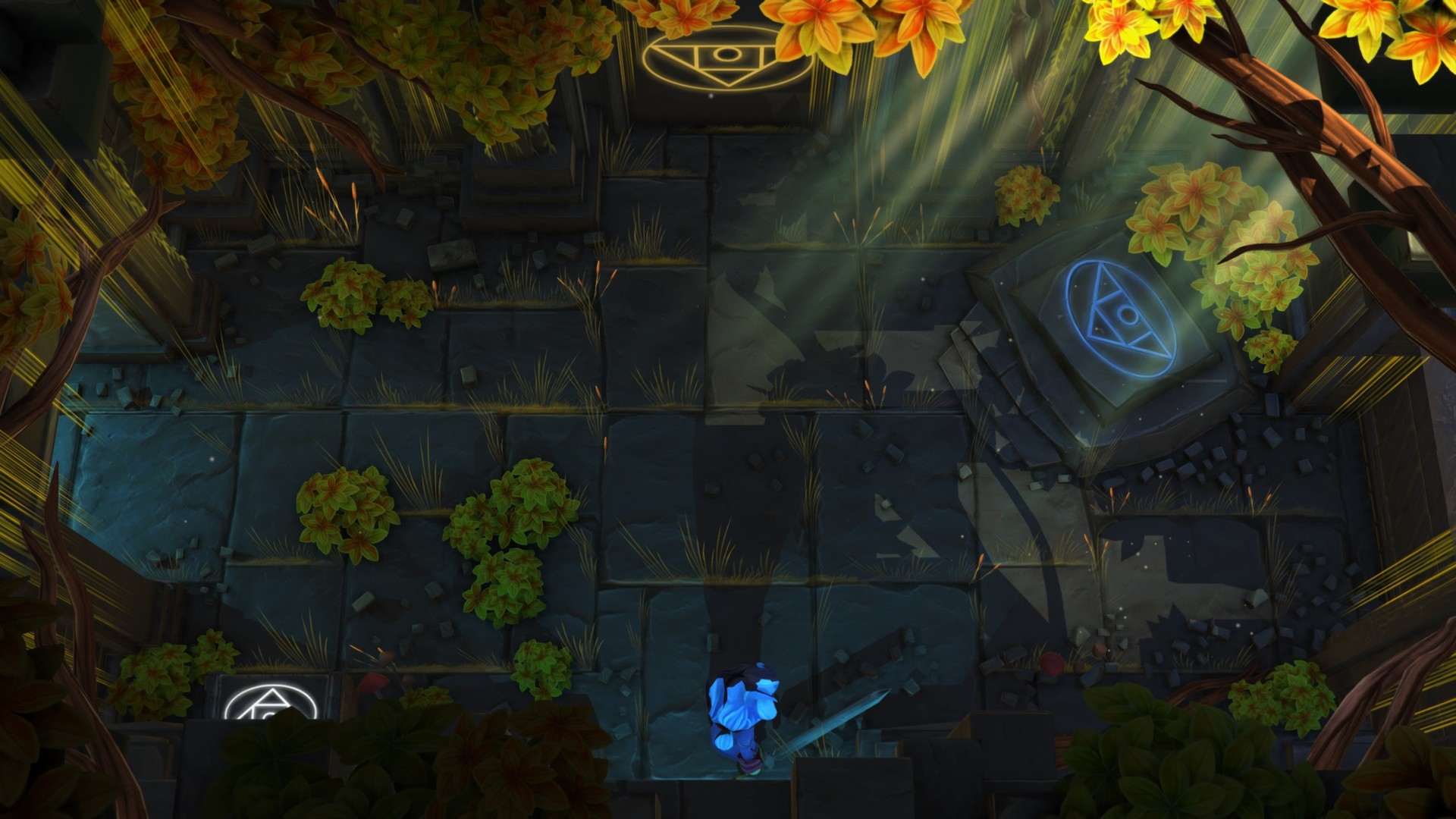
Each area tends to have a few journals that relay the inner thoughts of the upcoming boss character (or “follower”). These generally consist of fifty words or less and, like dialogue, do very little past the bare minimum. Dialogue conveys this as is demanded, though never past that basic point.Īdditional context details also come in the form of journal/smartphone entries found around specific rooms. Most of her adversaries are aggressive lunatics.

The main hero is a sweet girl who doesn’t want to fight, but does. Writing is definitely not a strength here, and the style of the game holds up far more than any narrative substance. One is a psychotic murderer, another is… a more psychotic murderer. Characters generally showcase a singular personality-not that the game gives them time to develop or anything. Most situations end up pretty straightforward and, overall, not entirely interesting. These cutscenes also provide a collection of dialogue to peruse.

Only a few are recurring, though, so if you liked any particular character early on, you may have to go back to visit every now and then.

Various characters (of varying importance) also provide some world-building that ultimately shapes the state of the main setting. With a number of cutscenes along the way, the player is treated to more than enough context to have the goal well in their mind. While not the most original plot, it’s likely enough to hold people over through the course of the game. Comprised of one large map, this central character will have to travel great lengths to kill all six followers, lest she succumb to the environment herself. A sorceress named Beatrice encounters the amnesiac and gives her a goal, which involves killing followers of the “Dark Lady” to regain her lost memories. Tell me if you’ve heard this before: An unnamed protagonist wakes up with no memory in a mysterious place. Switch, PS4, and Xbox One ports are planned for a later date.ģ) Graphics & Sound – Sugoi Slicing and Dicing Story – No Thoughts, Head Empty Lost Ruins is available now on Steam for your regional pricing. How much should be left to the intention of the design? To what extent should players have to suffer from disadvantageous design to make a point? Whatever the case, this is a game best left to those within a niche genre of, well, perhaps too many inspirators. Nevertheless, the game under review will no doubt be something of a tricky substance to pin down. It’s when placed into the context of critical review that their qualities end up almost fitting into one another. On the surface, Lost Ruins and Retro Machina have very little in common. Having to review Lost Ruins immediately afterwards is akin to sketching the same location in the dark as opposed to in light. Little did I know that I would come face to face with this conundrum again, especially so soon. The case of Retro Machina is how one should rate a game that has an intriguing presentation that fascinates the player, yet the gameplay is monotonous and plain. In my last review, I commented on the difficulty in reviewing certain kinds of games.


 0 kommentar(er)
0 kommentar(er)
